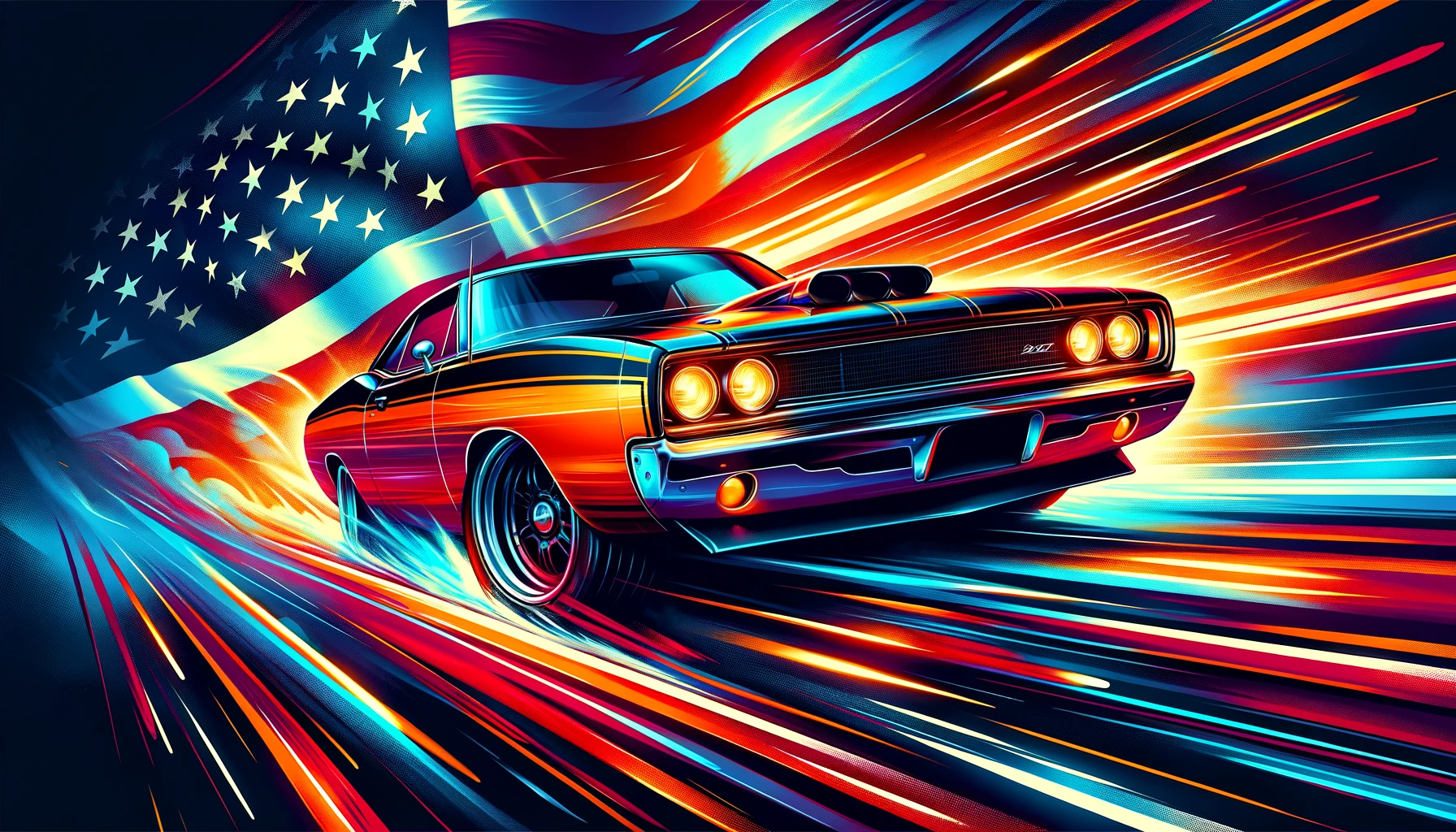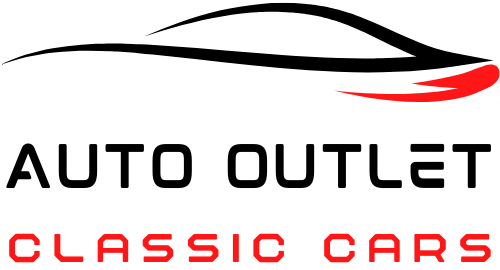
Muscle Cars: The Powerhouses of American Automotive Culture
The growl of an engine, the lustrous shine of the bodywork, and the unmistakable allure of speed—muscle cars capture the essence of American automotive culture like nothing else. These beasts of the road are celebrated for their powerful engines and bold designs, symbols of freedom and power since their inception in the 1960s.
It’s a love affair that began in the post-war era, a time when America was burgeoning with newfound optimism. Muscle cars became the heartthrobs of the American youth, embodying a culture that worshipped power and speed, all wrapped up in a stylish package that still turns heads on the streets today.
“When you buy a muscle car, you’re not just buying a vehicle; you’re buying a piece of American legend.”
Max Torque, Muscle Car Enthusiast
Iconic Models That Define the Genre
Muscle cars are more than just vehicles; they are the epitome of an era. The 1960s and 1970s saw a range of models that would become iconic, turning the muscle car from a mere mode of transportation into a cultural icon.
- 1964 Pontiac GTO: The Grandfather of Muscle Cars
- 1969 Ford Mustang Mach 1: A True American Icon
- 1970 Dodge Charger R/T: The Rebel
- 1971 Chevrolet Chevelle SS: Muscle and Style
Each model brought something unique to the table, whether it was the roaring power under the hood or the sleek, aggressive lines of the chassis. These cars weren’t just made for driving; they were made for racing, for showing off, and for embodying the free-spirited nature of America’s golden age.
The legacy of muscle cars is not just kept alive by collectors and enthusiasts; it continues to inspire modern automotive design. Today’s muscle cars bear the influence of their predecessors, with manufacturers drawing on classic lines and styles to capture the spirit that made the originals so beloved.














